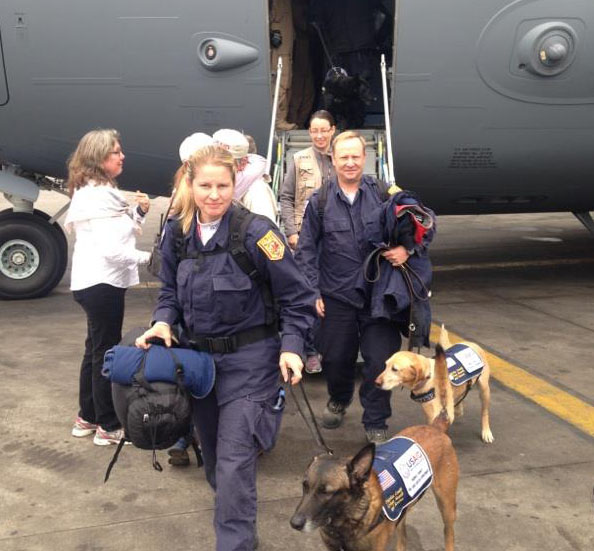
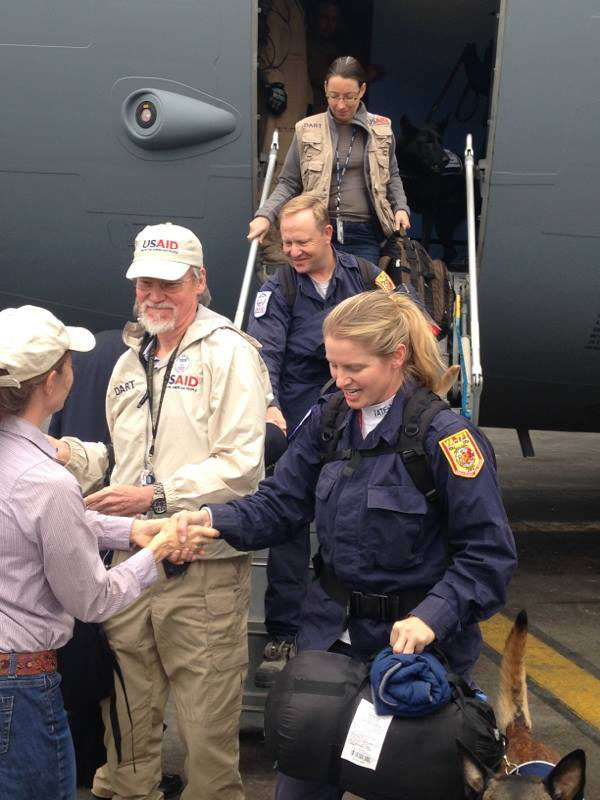
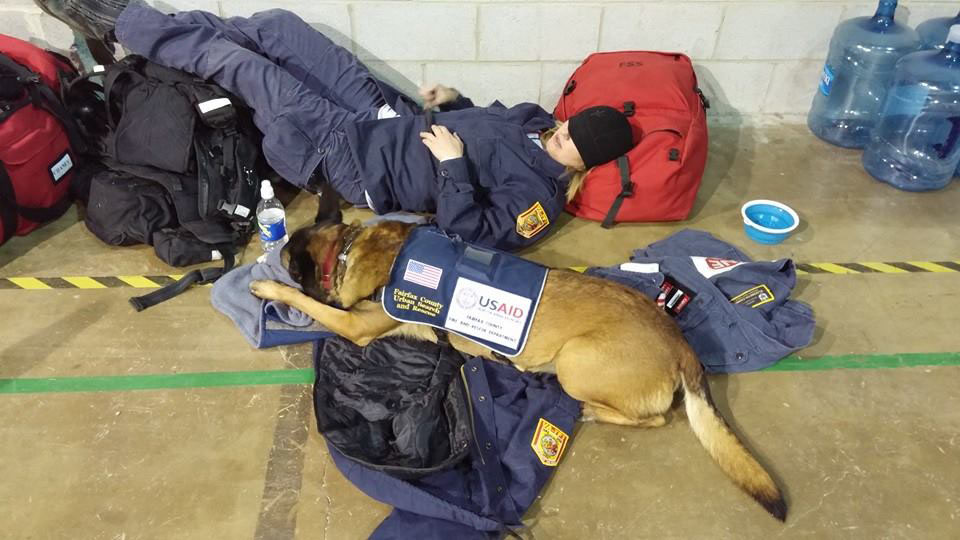
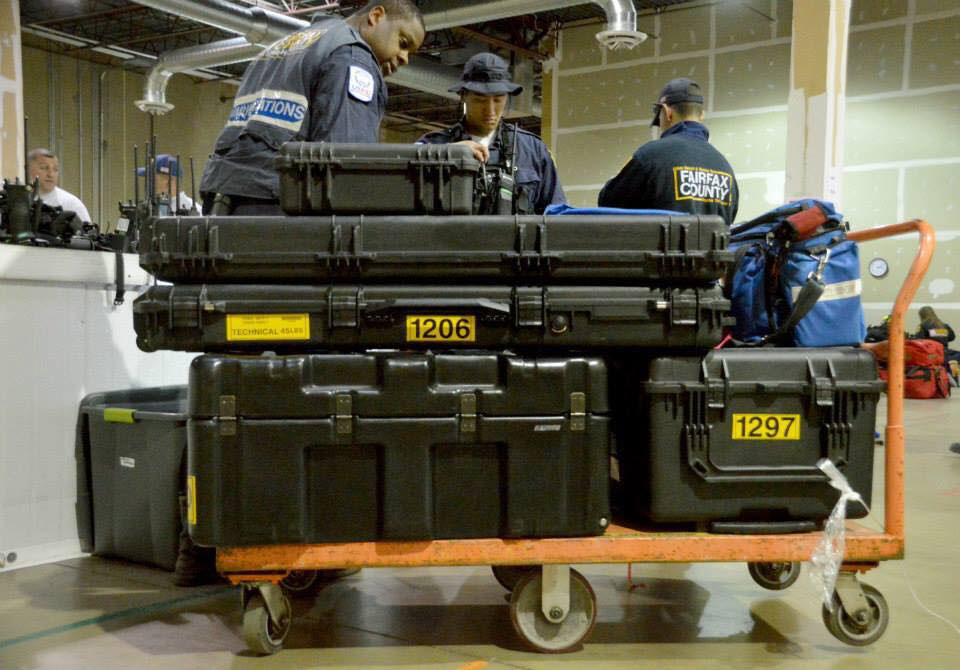
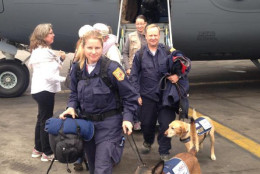
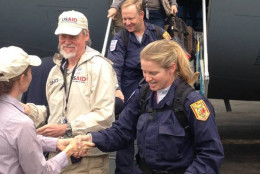
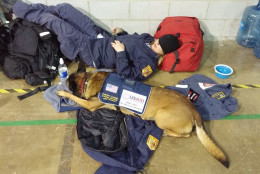
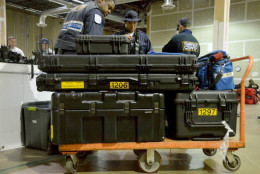
WASHINGTON — Virginia Task Force One (VA-TF1) arrived safely in Nepal Tuesday to offer aid after a deadly earthquake struck over the weekend.
The 57-member force has begun setting up on a baseball field outside of Kathmandu. And, now that it has left the U.S., the force has a new name: United States of America One (USA-1).
Fairfax County Fire Captain Randy Bittinger says the group, which includes search and rescue dogs, along with a group from L.A., is prepared to stay in Nepal for at least two weeks. The base is made up of several tents and is self-sustainable for the first 72 hours.
On Wednesday, Fairfax County Fire and Rescue Department said VA-TF1 conducted searchers over several square miles of a sector north of Kathmandu and encountered “friendly and receptive residents throughout their searches.”
However, during the searches, the crew did not find any live victims.
While in Nepal, the luxuries of home are an afterthought.
“There definitely will be no showers being taken for several days. That is one of the last things that we worry about,” says Bittinger.
In the days to come, Bittinger says there will be plenty of moving parts as the group works with military intelligence to determine how best to navigate through the rough terrain. Local emergency management in Nepal will direct the group so they can help in areas where there’s an immediate need whether it’s at a large structure or a single homestead.
“We do not go in and take over a situation or become psuedo-command of a situation,” says Bittinger.
“We are there merely to support.”
Bittinger, who also helped in the aftermath of the 2010 Haiti earthquake, says that overall the mission will be long term. He points out that efforts in Haiti are ongoing even five years later. He suggests those who want to help to visit the USAID website for guidance.
“I would encourage people to use their site versus anybody else’s that they may come across that way they make sure their funds are going where they want them to be.”
WTOP’s Kristi King and Lacey Mason contributed to this report.





